Technical debt is something that every technology company, large or small, public or private, has to deal with. Technical debt accumulates in a dizzying variety of ways as you build software. Sometimes it accrues through explicit, individual compromise: you deliberately choose to do something in a non-sustainable way in order to get something to market more quickly and tell yourself that you'll clean things up later. Sometimes technical debt accrues because building technology is hard, people make mistakes, and even the cleverest engineers can't predict the future which means that sometimes you build the wrong things. And sometimes technical debt accrues because your teams think mostly about how to ship stuff more quickly, not about the messes that they are making in service of their haste. Individually, it can be difficult to explain why you need to take the extra time to build something "the right way" when what seems like the whole world is anxiously waiting for you to be done.
Research and publish the best content.
Get Started for FREE
Sign up with Facebook Sign up with X
I don't have a Facebook or a X account
Already have an account: Login
Get weekly or monthly digest of all posts in your inbox: https://fmcs.digital/wim-subscribe
Curated by
Farid Mheir
 Your new post is loading... Your new post is loading...
|

Curated by Farid Mheir
Get every post weekly in your inbox by registering here: http://fmcs.digital/newsletter-signup/
|






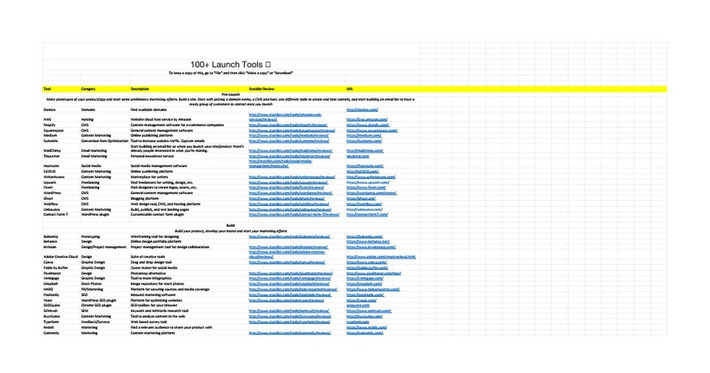

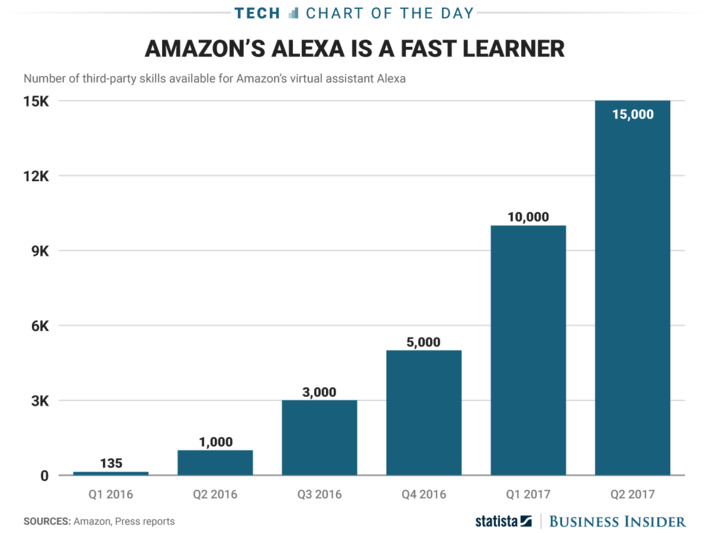
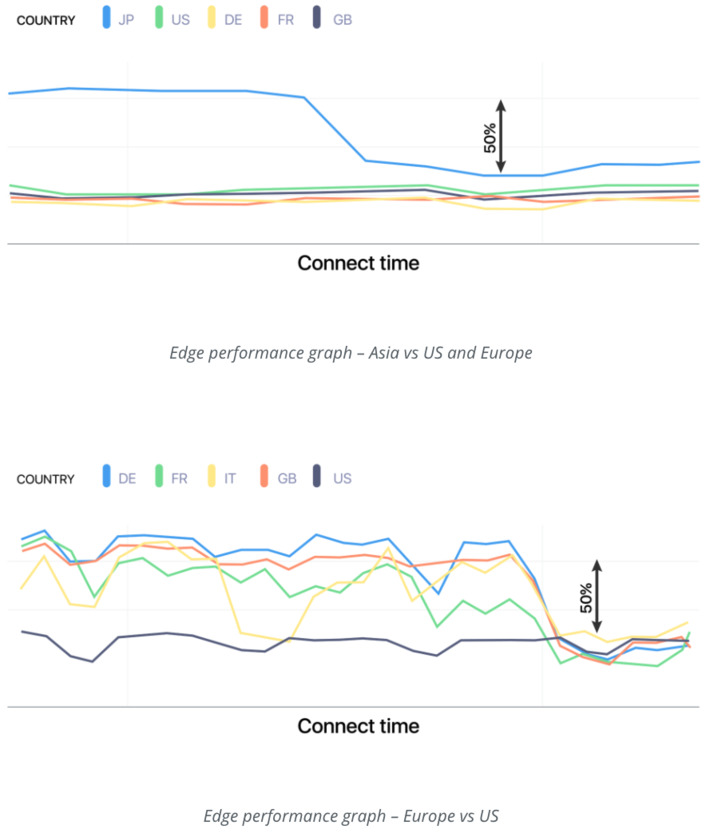
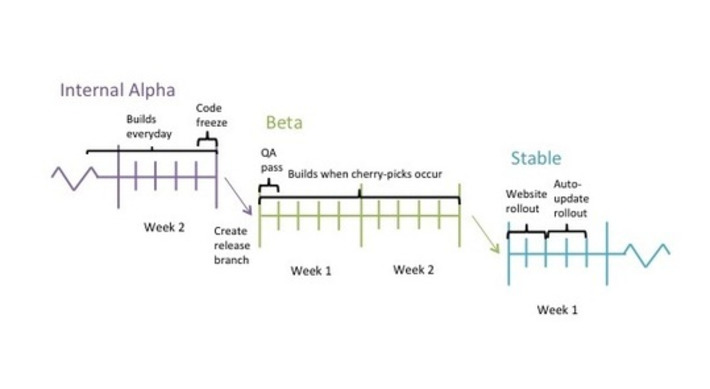
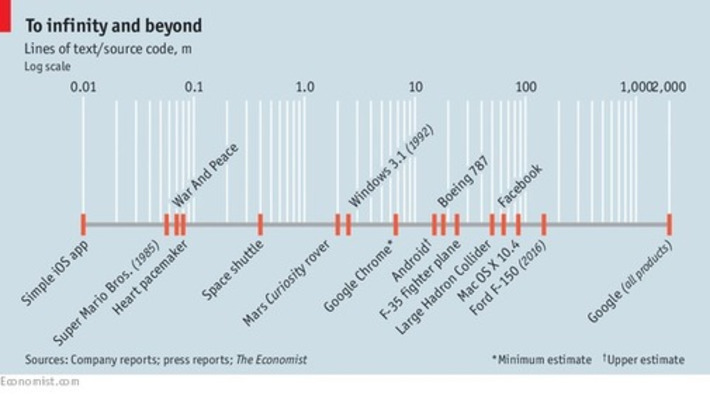

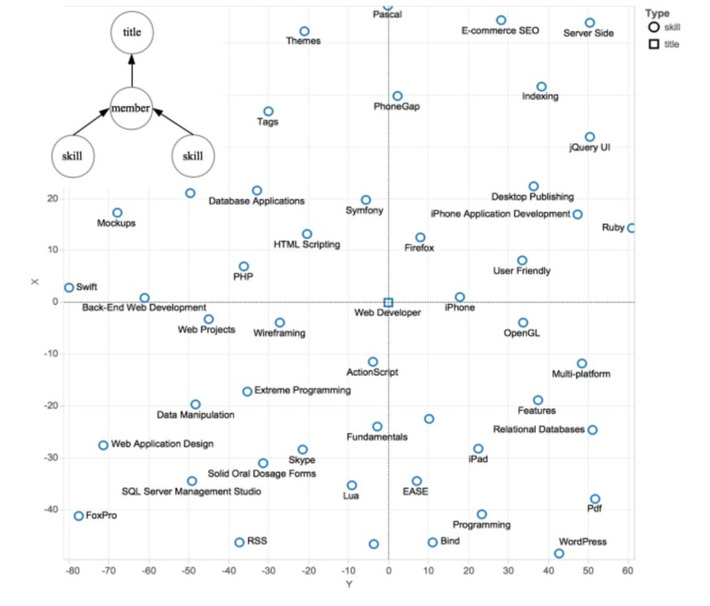


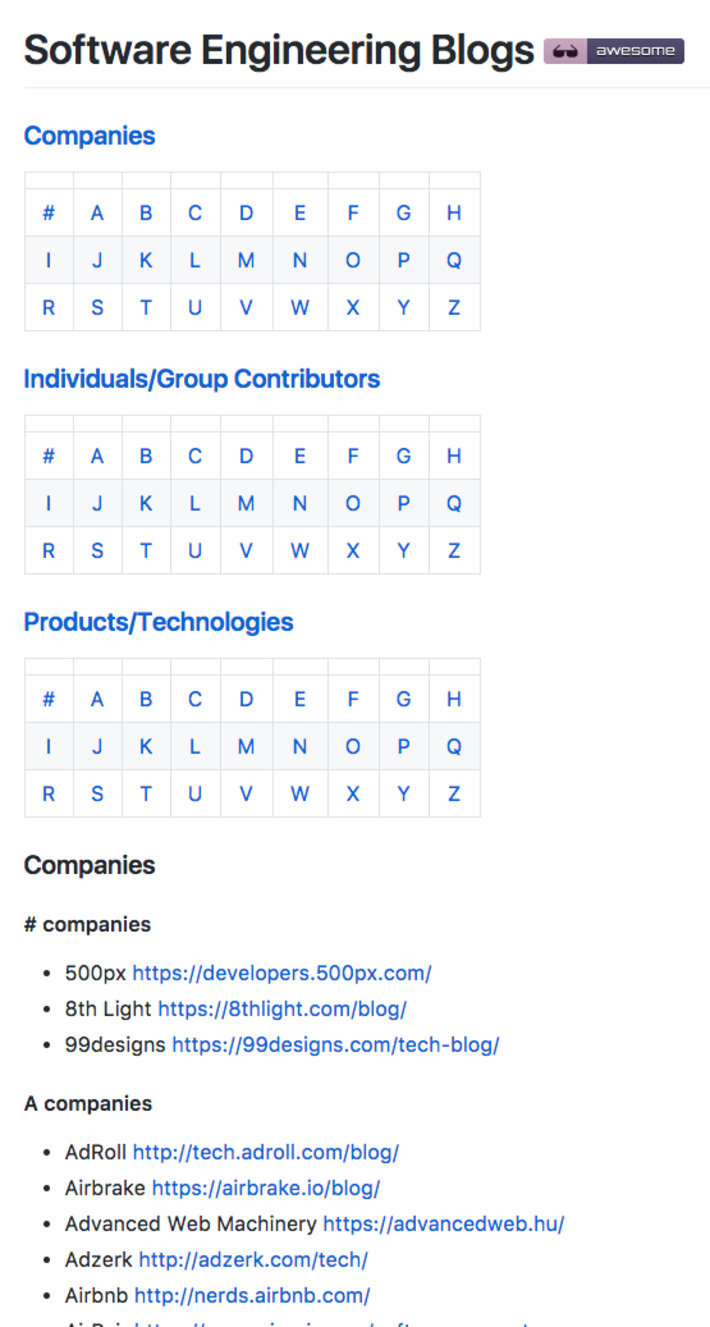

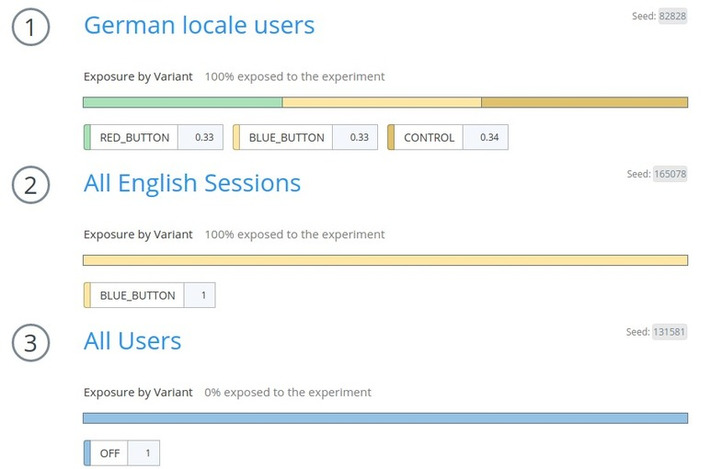

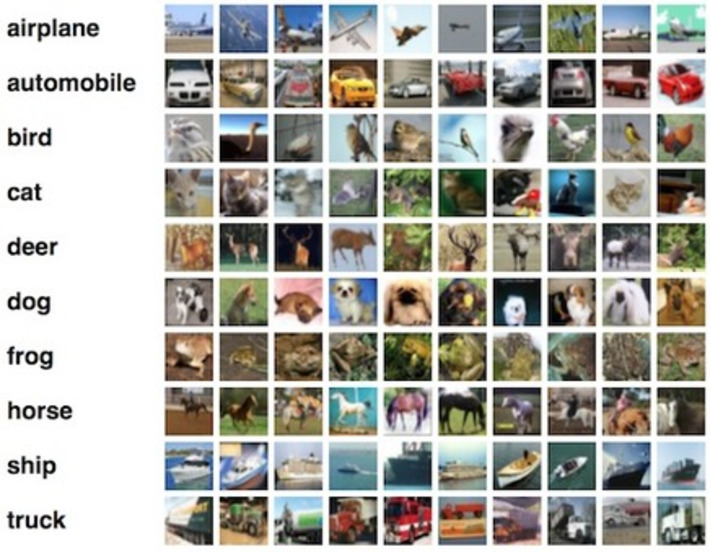
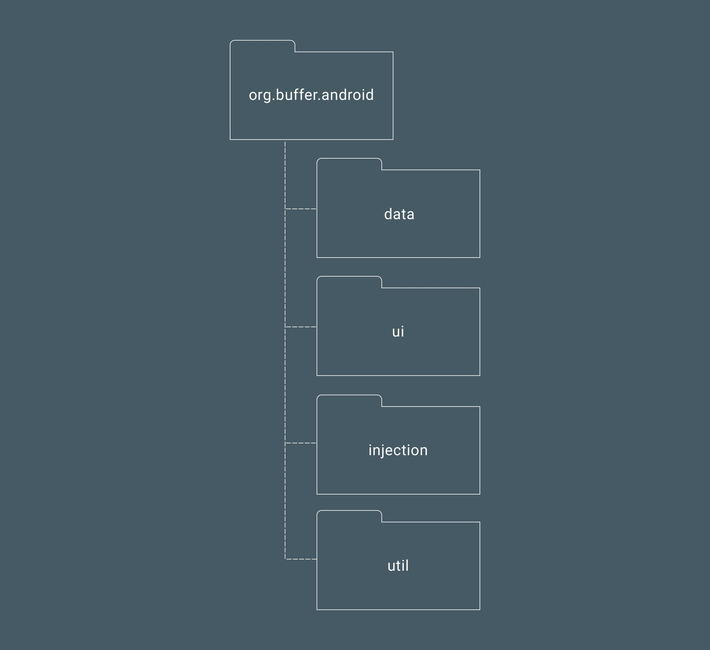








WHY THIS IS IMPORTANT
Digital is a new field, computer engineering also is - 50 years old almost - and the concept of technical has become fundamental in all my architecture and strategy discussions recently. This is because most organizations have been building systems for years now and are faced with issues that can best be described as the result of technical debt. This article is a nice description of what TD is, how difficult it is to deal with and how positive it is when it is paid back.